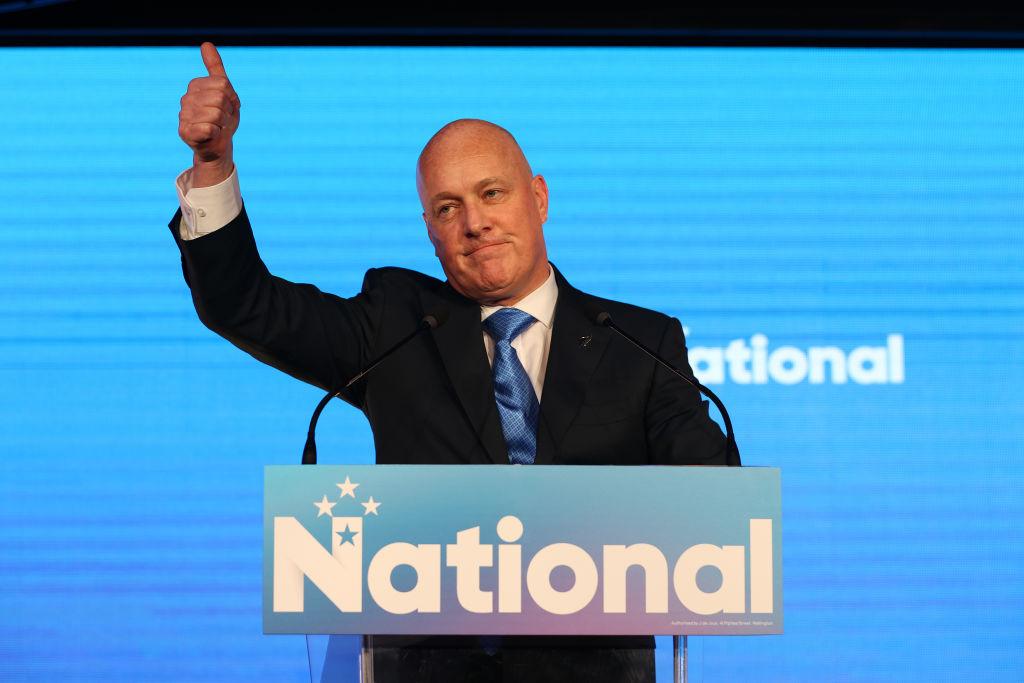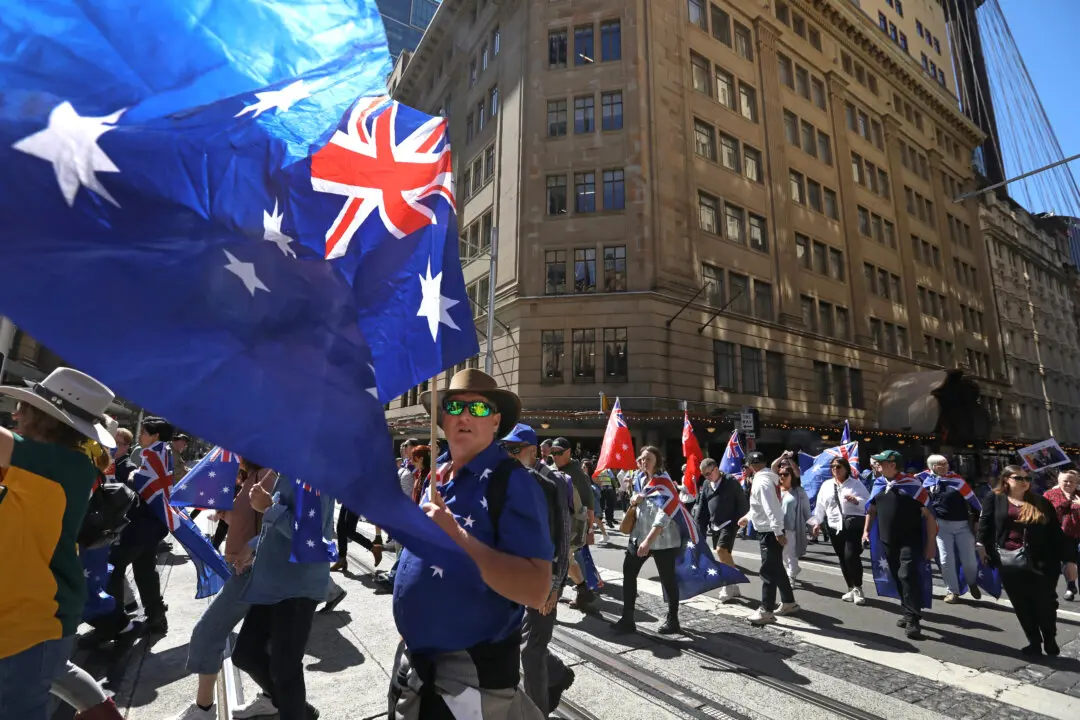New Zealand Prime Minister Christopher Luxon is keen on lists. Newly elected, he set out an agenda of 49 reforms for the first 100 days of his government.
He achieved most of them, not least because the Coalition has passed more laws under urgency than any MMP government before it. Many of the 49 promises were to repeal legislation put in place by Labour, meaning it is a relatively quick process requiring little, if any, parliamentary debate.





